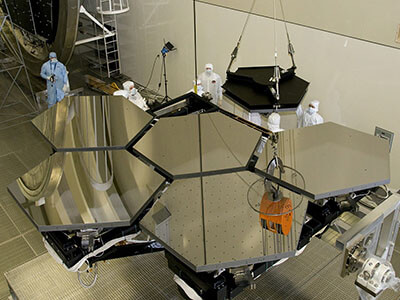This is a lesson summary. The full lesson can be viewed by purchasing an online course subscription.
Learning Objective
In this lesson we will learn about the five branches of science that are studied in high school.
Learning Outcomes
By the end of this lesson you will be able to:
- Give a general description of the types of topics studied in chemistry, physics, biology, earth science and space science.
- Give some examples of scientific sub-disciplines as well as interdisciplinary sciences.

(Image: j-mel, Adobe Stock)
Lesson Summary
- The five major branches (disciplines) of science covered in high school are:
- Chemistry – the study of the composition of substances and how they interact with each other.
- Physics – the study of natural phenomena from the smallest sub-atomic particles to entire galaxies.
- Biology – the study of living things.
- Earth science – the study of Earth, including its oceans and atmosphere, as a system.
- Space science – the study of our solar system, stars, galaxies and the universe.
- Each branch of science can be further subdivided into sub-branches or sub-disciplines.
- Branches of science can overlap with each other (and with non-science disciplines), forming interdisciplinary sciences.



(Images: StarAssassin64, Wikimedia Commons; felixioncool, Pixabay; skeeze, Pixabay)
(Header image: j-mel, Adobe Stock)
